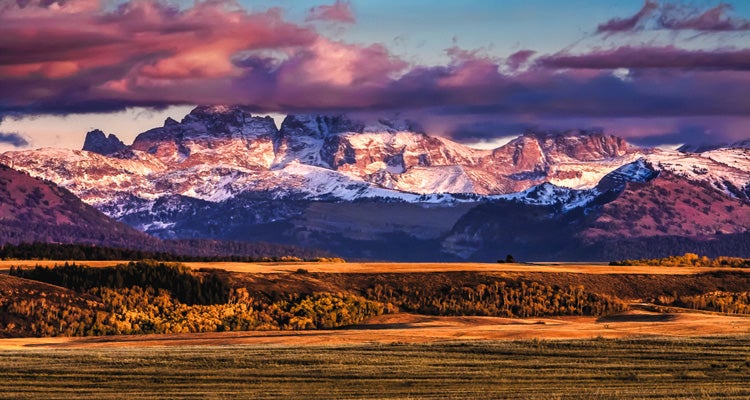Who Owns the National Parks?

'READERS IN THE PARKS Many people take cruises or lounge on a beach, but for our 25th anniversary, my wife proposed a trip out west. We drove over to…'
The Parks Are Part of Our National Identity
Mark Udall was Colorado’s Democratic senator from 2009 to 2015, and represented Colorado’s 2nd Congressional District from 1999 to 2009. He is the former chairman of the U.S. Senate’s National Parks Subcommittee
It has been said that we don’t inherit the earth from our parents, we borrow it from our children. That idea has motivated my life’s work, in Congress and in the private sector, to protect the special places that helped forge our national identity and character.
My instinct—and that of every outdoor enthusiast I know—is to keep our wilderness areas and backcountry sanctuaries wild and to preserve their beauty for future generations. This is the same drive that inspired Congress to pass the Wilderness Act more than five decades ago.
These special places should be managed with one mission, one focus, rather than a patchwork of philosophies and principles. The federal government is in the best position to not only preserve these lands for future generations, but also to invest in their enduring place in our national consciousness.
Unfortunately, a small, but growing, cadre of lawmakers has plotted in recent years to unravel the fabric of our nation’s federally protected lands. Whether motivated by fiscal concerns or a political philosophy at odds with our nation’s bipartisan conservation heritage, there is a growing threat not just to the treatment of our public lands, but to their very existence.
Unless we are able to build support for our wilderness areas, parks, forests and other special places, we will lose this battle.
In the face of these threats, responsibly increasing access to our wilderness areas and other public lands is the right strategy to keep our conservation heritage strong. The president’s recent push to grant all of America’s fourth graders and their families unlimited access to our national parks for one year is a low-cost yet high-impact way to get more Americans out to enjoy our parks and public lands.
We must also take on the necessary but unglamorous tasks of ensuring our nation’s public lands are wisely run and properly cared for. If this is the price of getting more people involved in our public lands, then increased use and visitation is a price worth paying. In fact, getting more people interested in our public lands now is an investment that will yield strong returns for decades to come.
The States Would Manage Them Better
Rob Bishop is a current Republican congressman from Utah and chairman of the House Committee on Natural Resources.
People in Washington are not malevolent, malicious, or incompetent. They just have too much to do. They own one-third of America, they can’t manage all that land with efficiency and efficacy. The areas controlled by states, tribes, and counties are much more productive, are better at conservation, and provide better recreational opportunities.
We are not trying to privatize public lands. We are simply saying that people who live in and around public lands should have a say in how they are managed. It is a locally driven effort.
In practicality, I don’t think anyone is expecting to dismantle the National Park Service. But you have to realize that some of the best parks in the West are state parks. They have been recognized as well-managed and well-run. The federal government still has a $11.9 billion backlog in park maintenance.
Almost no one in the East understands the problem of federal lands in the West. To someone in the East, you say public lands, they think a pretty tree by a lake. They think everything is Yellowstone. Instead, most of it is sagebrush. When I talk to my friends in the East, only two factors affect them: The first is that it costs $8 to $10 billion to manage public land in the West. The second thing is education—states in the West have been able to increase education funding at half the rate as states in the East [because education is funded through taxes on private property]. When they realize what happens to the kids, it is an eye opener—kids in the West are put at a distinct disadvantage.
People don’t realize that if you actually had an agency that was not trying to come up with a grand policy, but instead trying to meet the needs of the people, it would be different. State and local control can do that, because they are closer to the people. If you don’t like what Washington does, what can you do? Squat.
If I deal with federal land managers on the local level, for the most part, they get my plan. They are very problem-solving oriented. The higher up you get in Washington, though, the attitude toward parks becomes dogma. They hate the plan [to move federal land to local control] because we’re taking away their power and control.